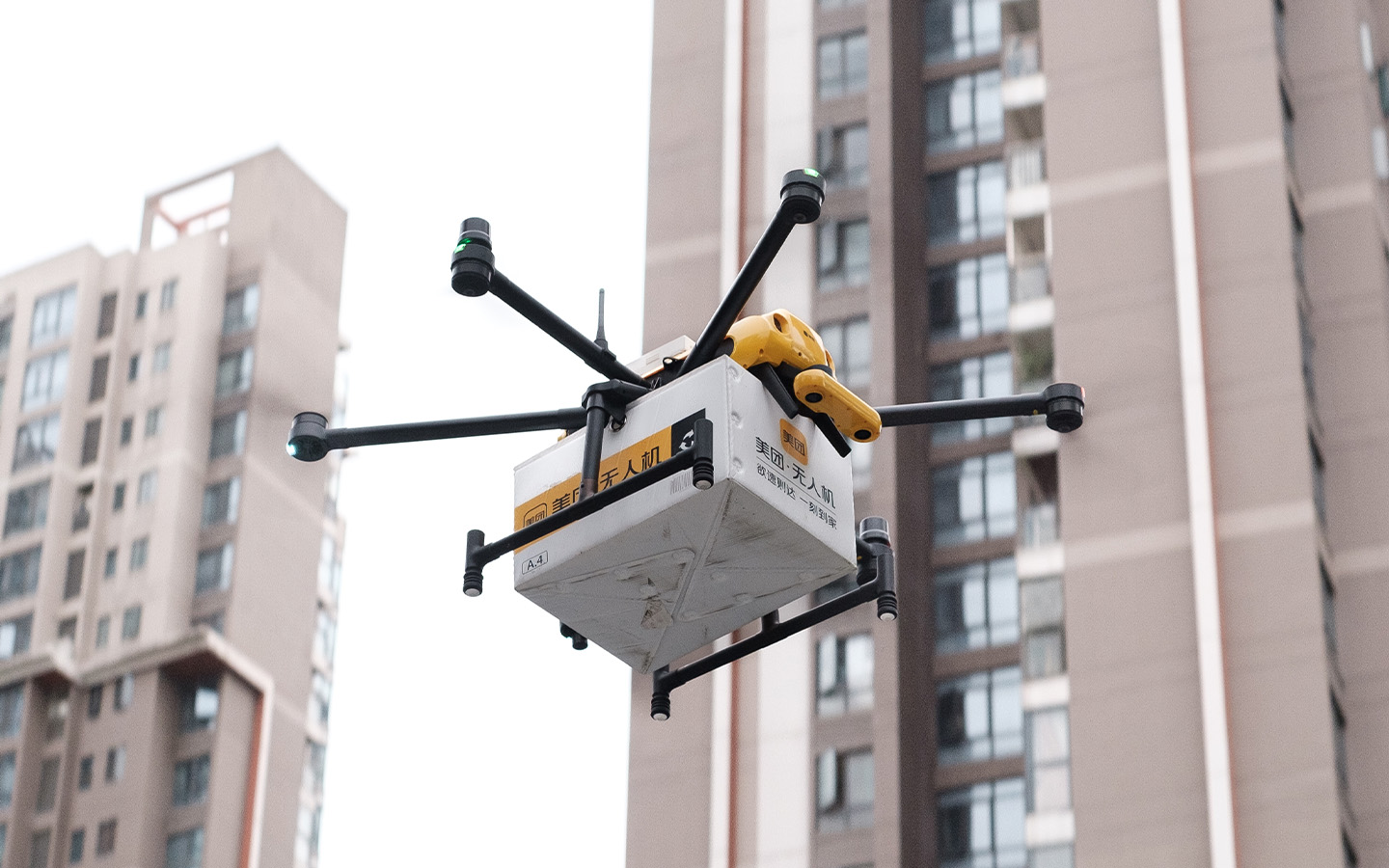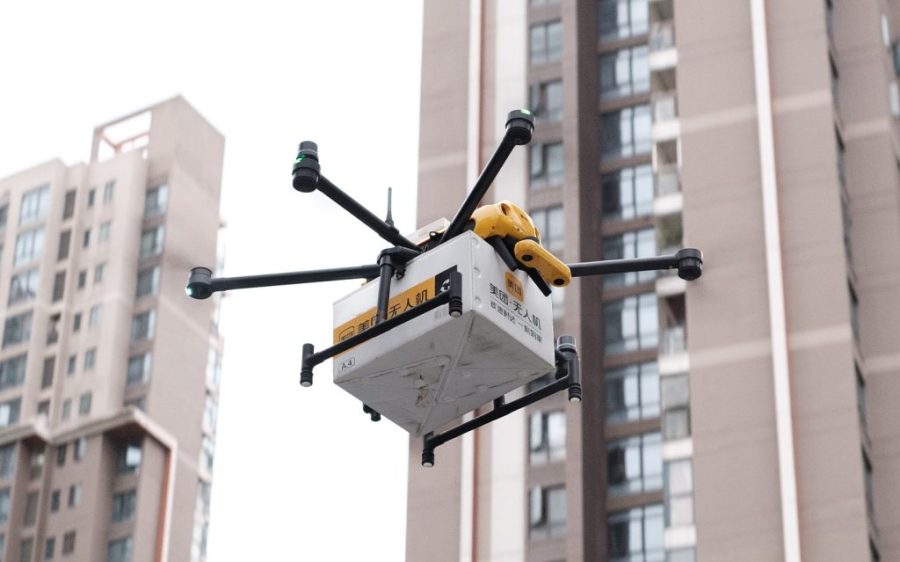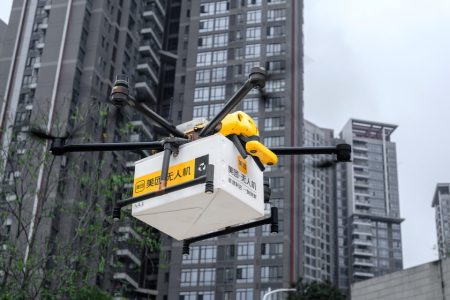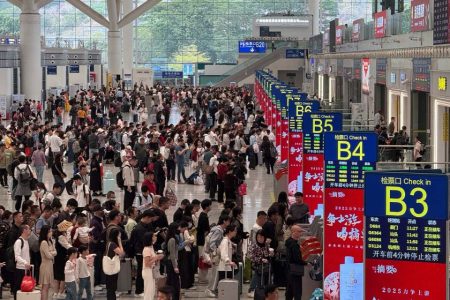Authorities in Dongguan have officially unveiled a paper – dubbed Several Measures to Support the High-Quality Development of the Low-Altitude Economy – that sets out a comprehensive policy and several support initiatives for the commercial use of drones, aerial taxis and electric vertical take-off and landing (eVTOL) vehicles
The city aims to establish 100 low-altitude infrastructure projects and create 100 demonstration application scenarios within the next year, according to a report in Macao’s Exmoo newspaper.
The low-altitude economy, designated as one of Dongguan’s emerging industries, is currently in its nascent stages. However, the city hopes to leverage its manufacturing base to create a supply chain encompassing complete aircraft manufacturing, components, and materials. Dongguan is already a critical hub, supplying approximately 70 percent of China’s drone parts and components, the report says.
Addressing existing infrastructure gaps, the new proposals offer substantial subsidies. New or expanded low-altitude take-off and landing facilities are eligible for support equivalent to 10 percent of their actual investment.
[See more: The Shenzhen-Hong Kong-Guangzhou cluster comes first in global innovation]
Dongguan is further exploring collaborative airspace management with Shenzhen, while the new policy actively promotes the establishment of logistics routes, including intra-city, inter-city, and even cross-jurisdiction connections between Dongguan and Hong Kong.
Companies generating over 2 million yuan in annual service revenue from such initiatives will be eligible for subsidies of up to 1 million yuan, officials say. Furthermore, dedicated support is earmarked for government-related applications, such as inspection and rescue operations. There are additional subsidies for eVTOL aircraft airworthiness certification and training costs for low-altitude sector personnel.
To strengthen and supplement supply chains, Dongguan also plans to develop eight low-altitude industrial parks, aiming for “comprehensive clustering and specialised platforms.”






